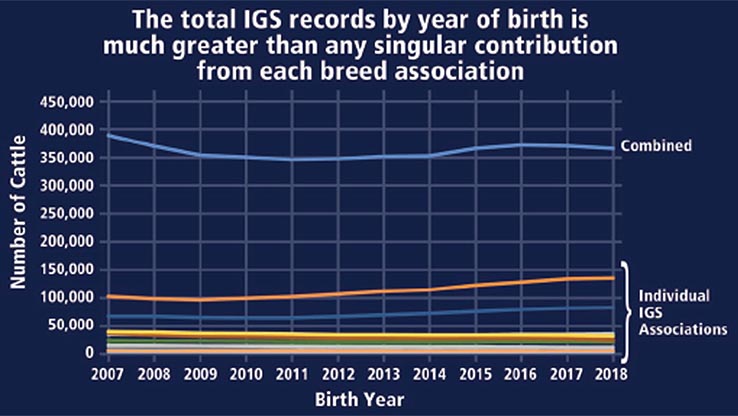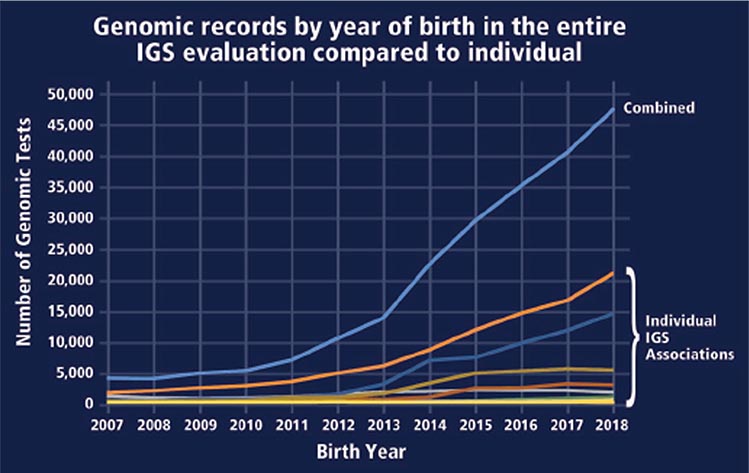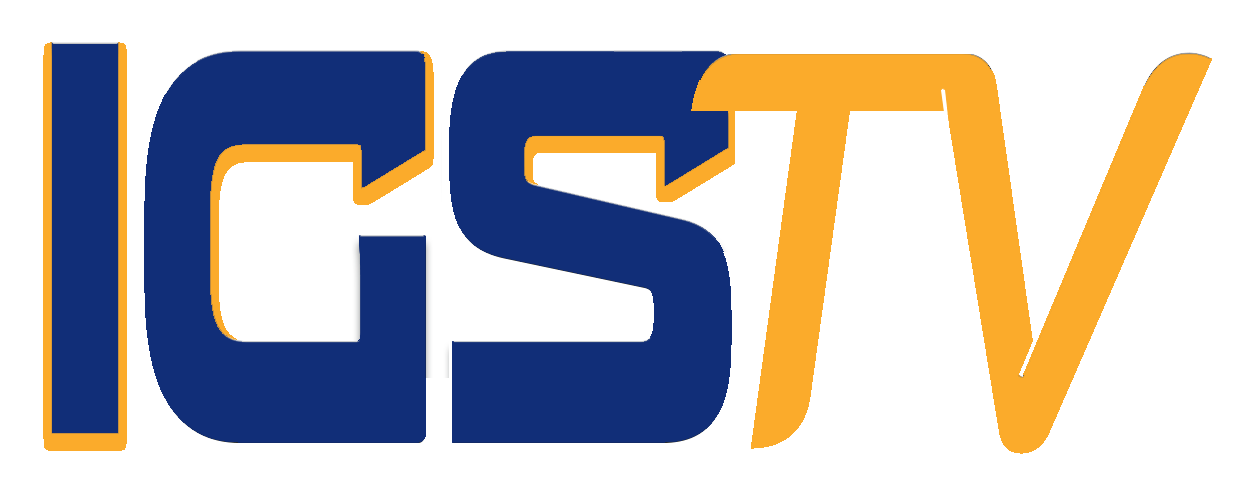Through pooling information, the International Genetic Solutions offers better selection tools to seedstock breeders and the beef industry.
by Jackie Atkins, PhD.

Early in life, we are taught to share. Share with our siblings, share with our classmates, share with our neighbors. The fact that we have to learn this behavior is telling — it’s not instinctive. It’s human nature to protect what is “ours” and become territorial to ensure we have what we need to survive and thrive; however, we have seen how we all can do better by working together, sharing resources, and maybe most importantly, sharing ideas. This philosophy of comradery and collaboration is at the heart of International Genetic Solutions (IGS).
IGS aims to serve the beef industry by providing resources for genetic improvement using the best technology available and unprecedented collaboration. The IGS collaboration now has 20-million animals and over 300,000 genotypes from nearly 20 different organizations. Not only is it the largest beef cattle database, but it also has a huge amount of connectivity among the different organizations. Nearly ⅓ of the progeny records in the IGS evaluation have siblings in a separate database and multiple sires have progeny in as many as 12 databases. If each of these databases was an island with an isolated evaluation, we could all breathe a little easier because the evaluation would be much simpler. But, it wouldn’t be better. It wouldn’t be as accurate. It wouldn’t give the best genetic predictions of the animals in the evaluation.
Instead, the IGS model has chosen the harder path. It is complex to have one evaluation with 20 different data sources. It is challenging to have a multi-breed genetic evaluation and to account for different breed effects and heterosis. But at the end of the day, we want to provide the BEST possible genetic predictions, not only to seedstock breeders but for anyone using EPDs to select their future genetics.
The IGS model also sets aside the territorial toddler behaviors often seen in breed associations and societies. Instead of guarding our data, our material, our resources, to be used only to help our association improve, the IGS system opens the doors of communication among all the IGS partners to offer better resources to all the members and ultimately the beef industry. We all benefit from working together and sharing various perspectives from different breeds of cattle, different breed associations, and different countries but with the common goal of beef cattle genetic improvement. Beyond making the best possible genetic predictors, the staff from the various IGS partners learn from each other, share educational material, collaborate on different research projects, and work through various challenges most of us have faced independently but can get through better together.
While the future is unknown to all of us, it is certain to improve by working together towards the common good.






